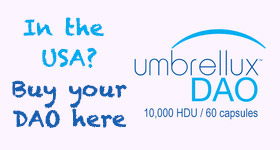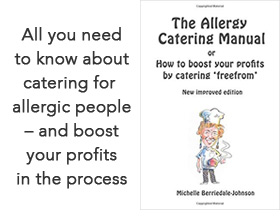|
|
The dangers of ‘old’ antihistamine |
More than 30% of the EU and US population use anti-histamines for treating allergic conditions such as allergic rhinitis, urticaria, and atopic dermatitis, so safety is paramount. However, research funded by GA2LEN, the Global Allergy and Asthma European Network and and EAACI, the European Academy of Allergy and Clinical Immunology suggest that first-generation H1-antihistamines (see below) not only make patients drowsy, but also reduce rapid eye movement (REM) sleep, impair learning, and reduce efficiency at work the next day. In addition, first-generation H1-antihistamines have been implicated in numerous civil aviation, motor vehicle, and boating accidents, and even deaths as a result of accidental or intentional overdosing in infants and young children. First-generation H1-antihistamines have also been linked to suicide cases in both teenagers and adults. Church MK, Maurer M, Simons FER, Bindslev-Jensen C, van Cauwenberge P, Bousquet J, Holgate ST, Zuberbier T. Risk of first-generation H1-antihistamines: a GA2LEN position paper. Allergy, 2010; DOI: 10.1111/j.1398-9995.2009.02325.x First generation – avoid Brompheniramine Second generation – much safer Loratadine (used in: Alavert, Claritin) First published in February 2010 Click here for more research reports
|










